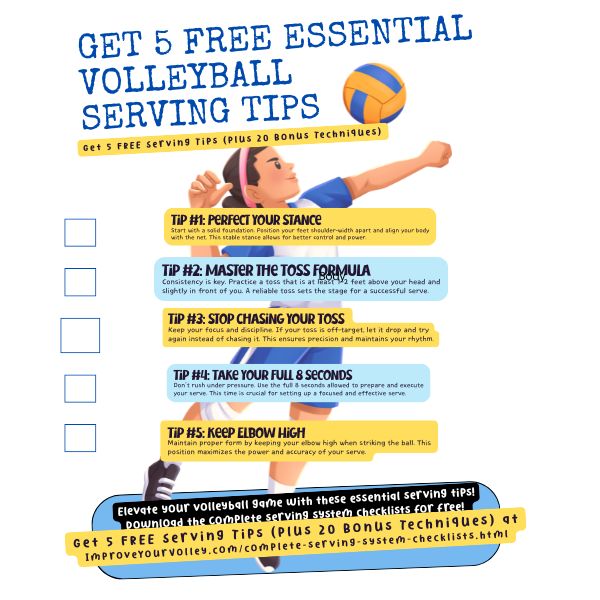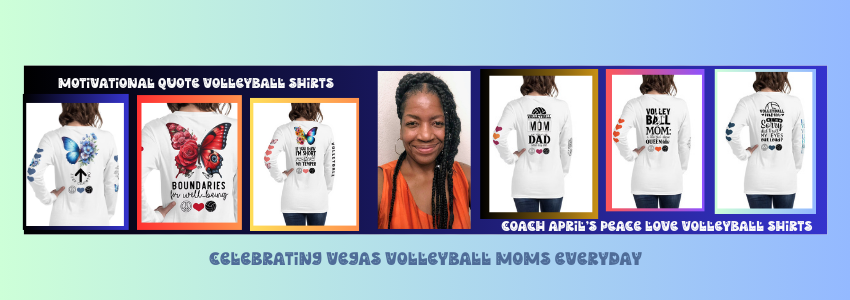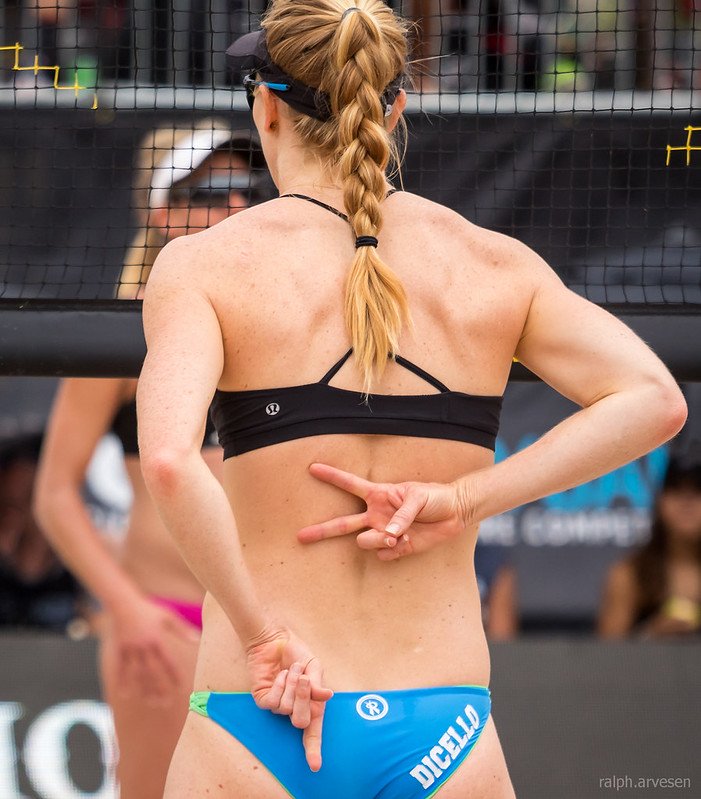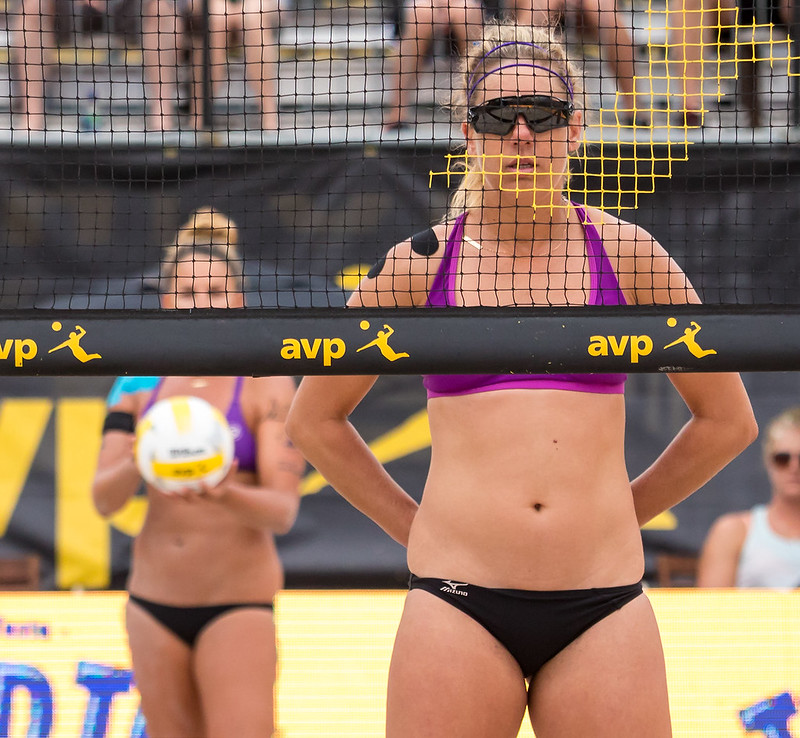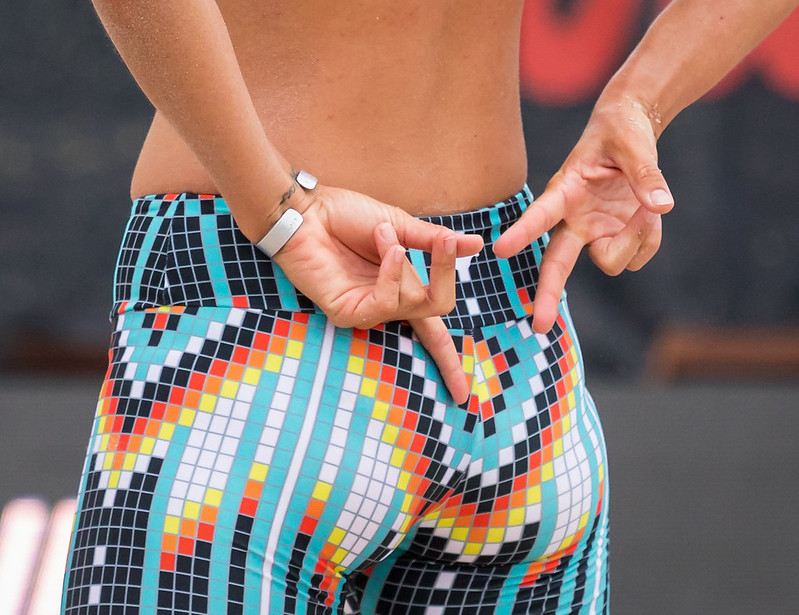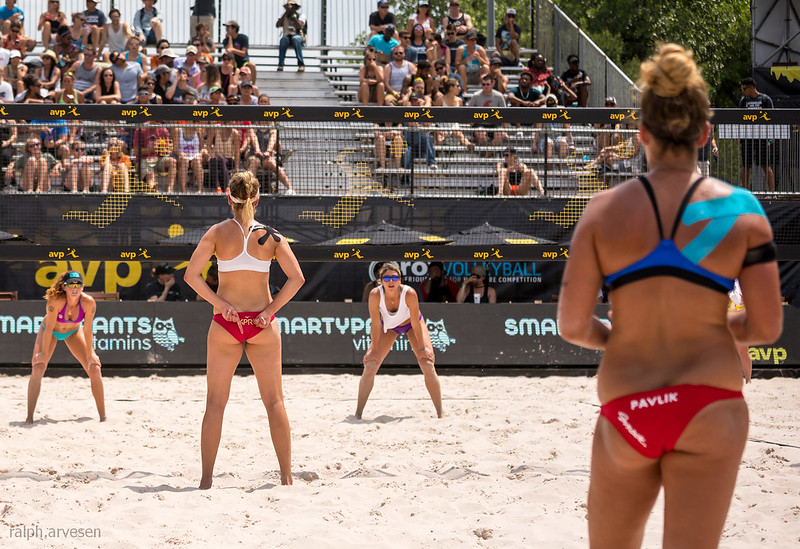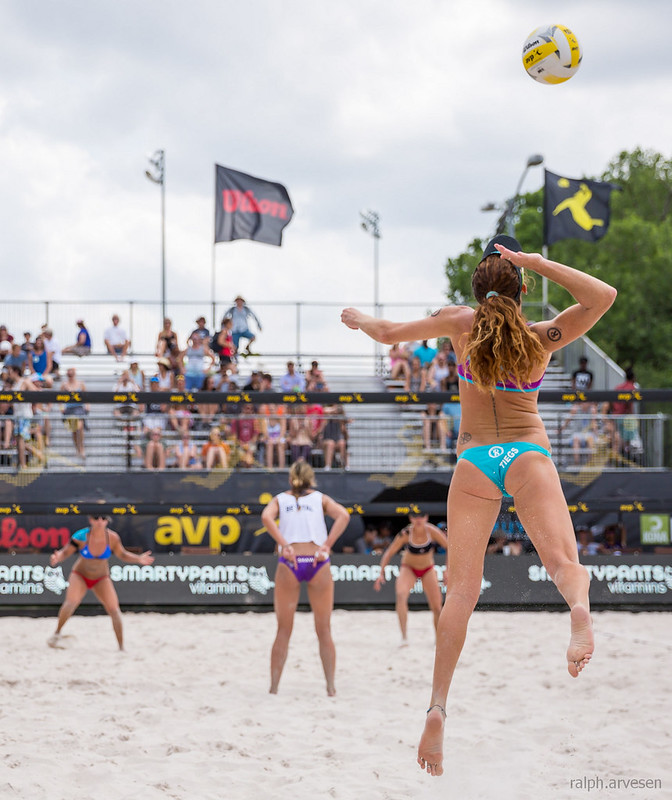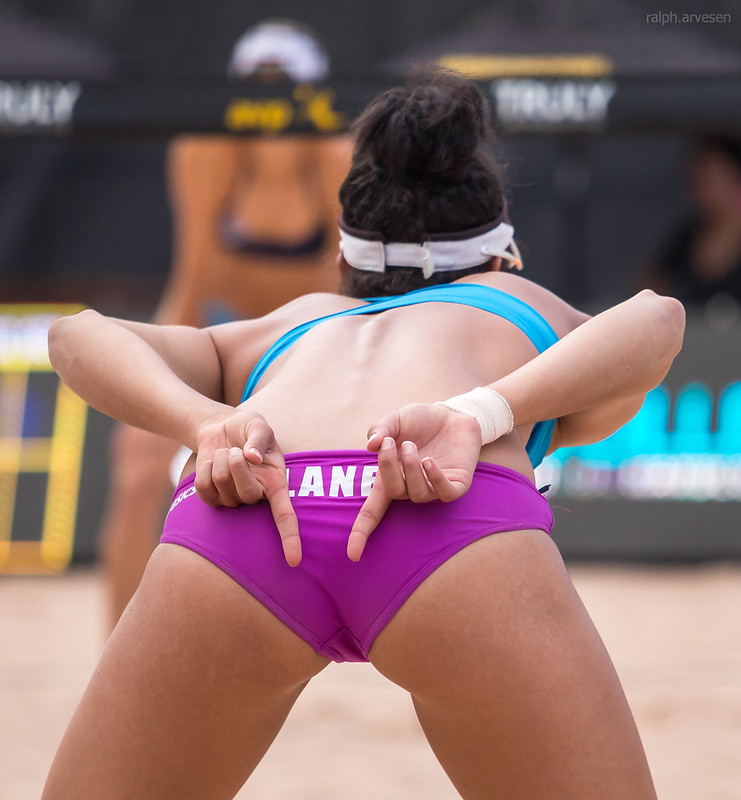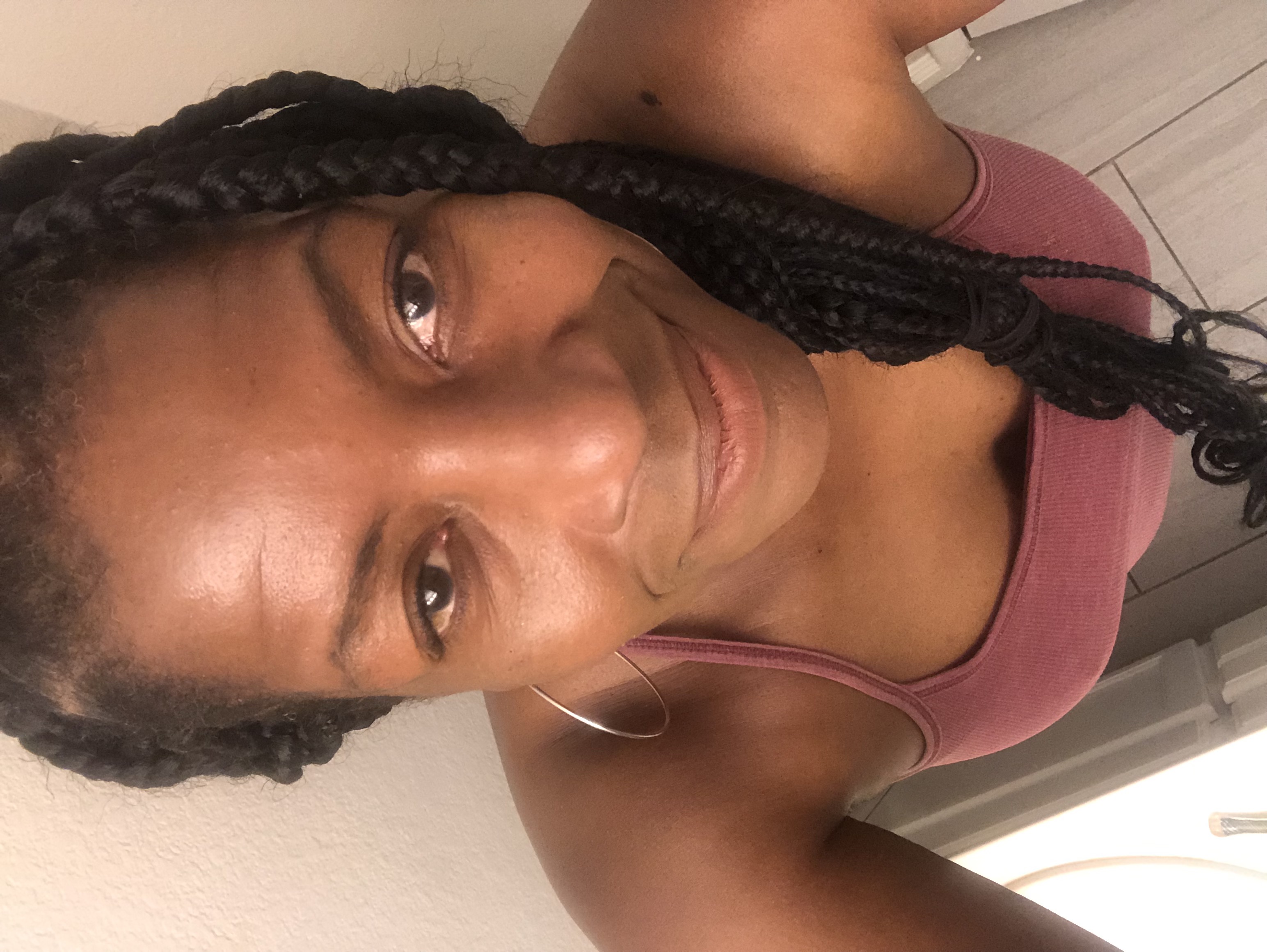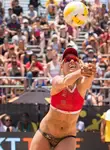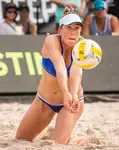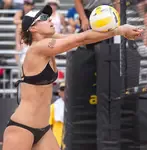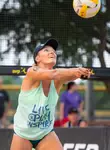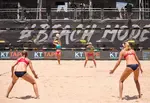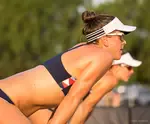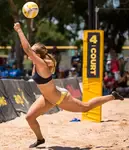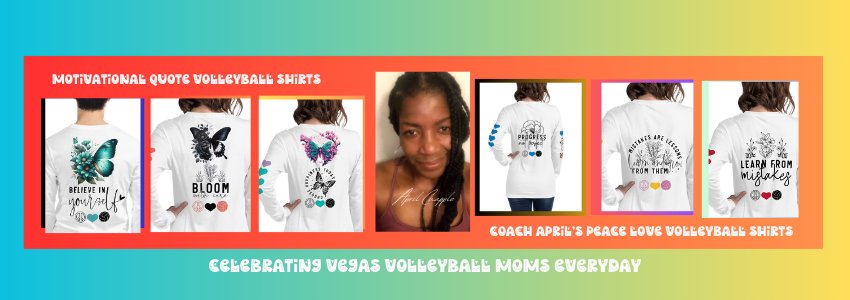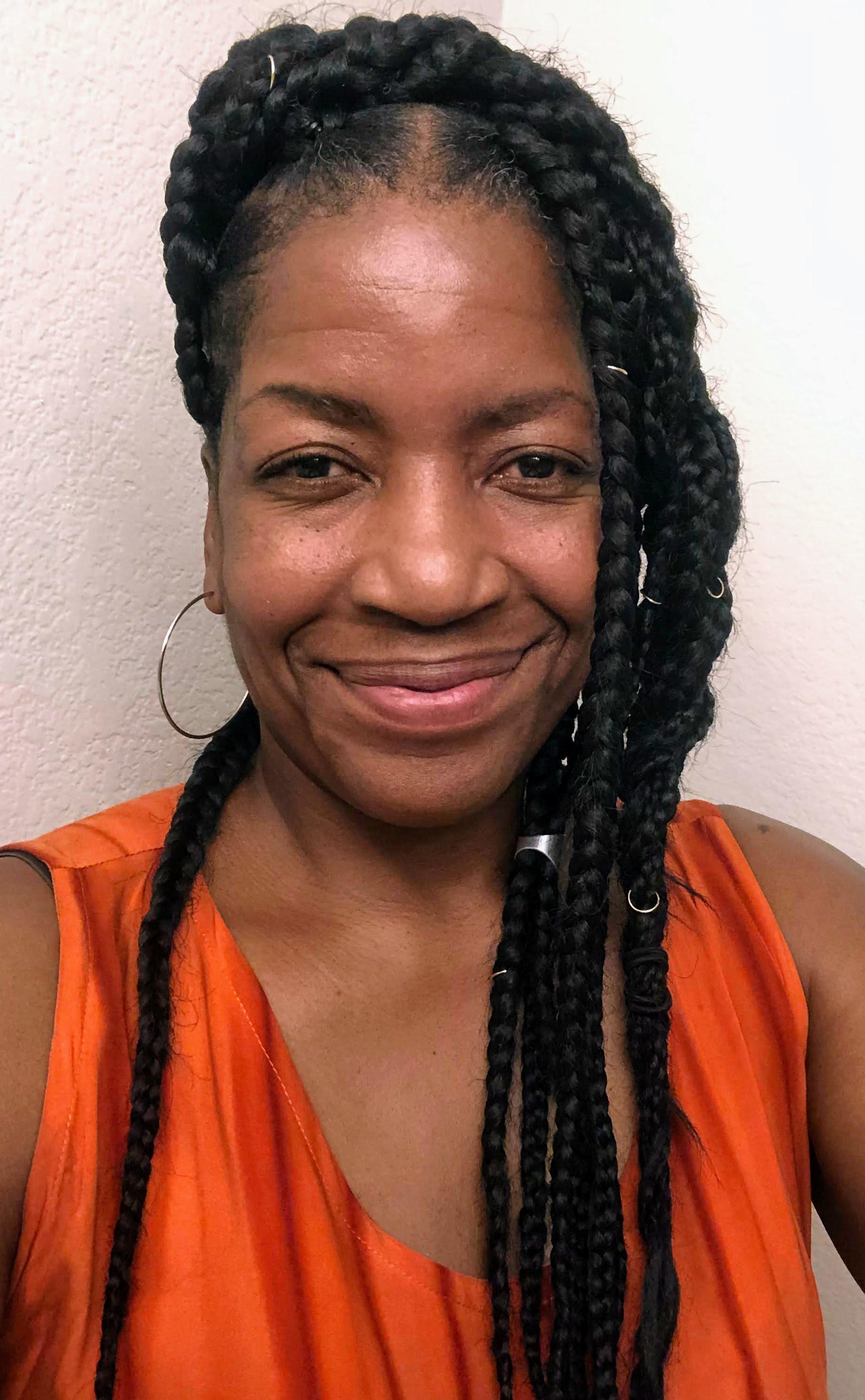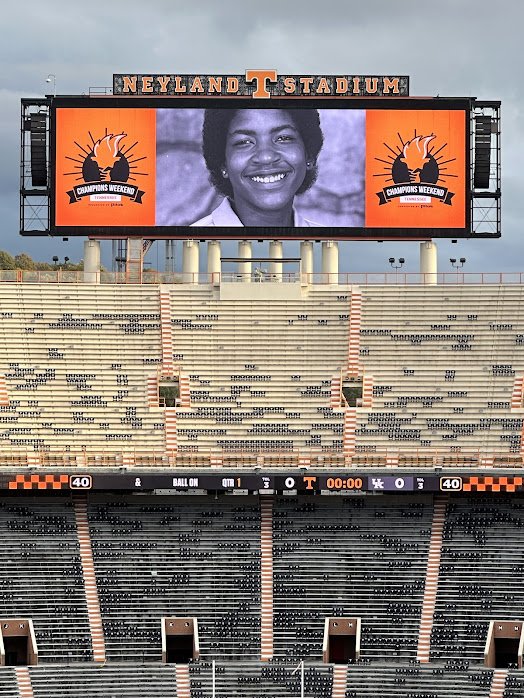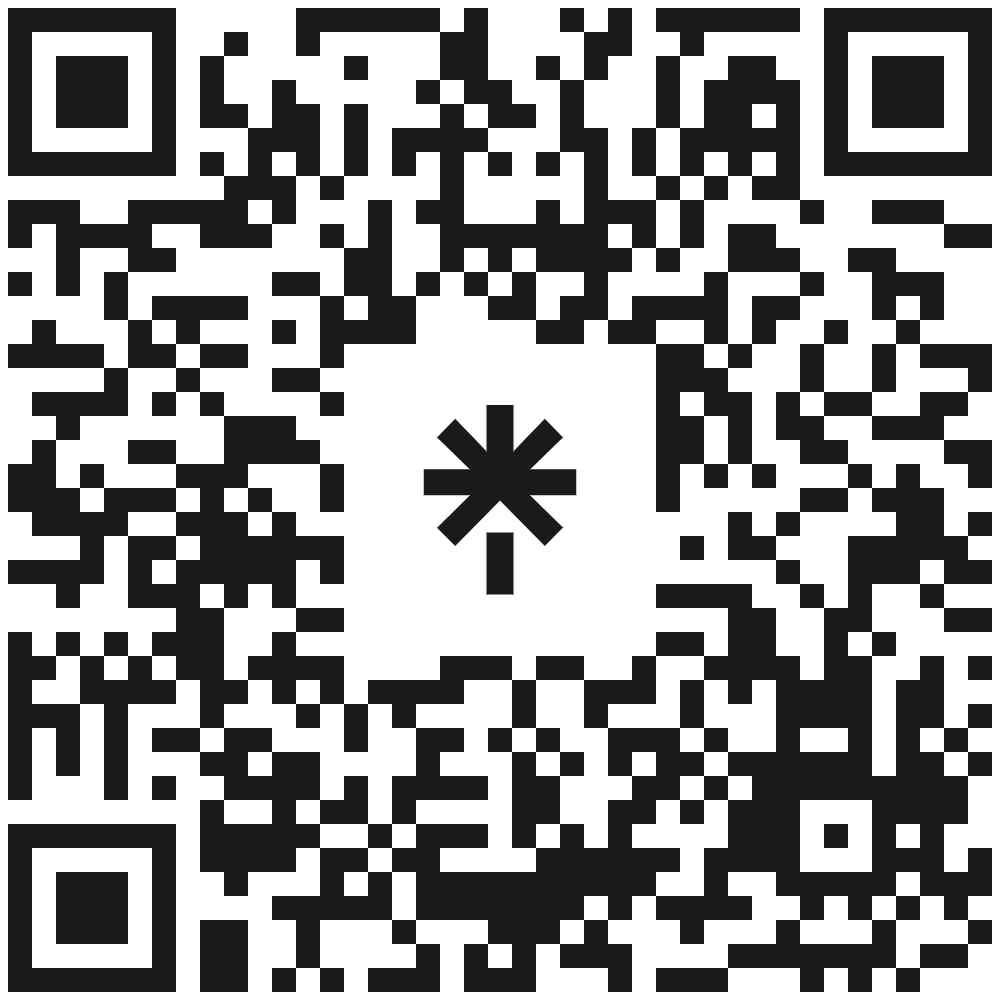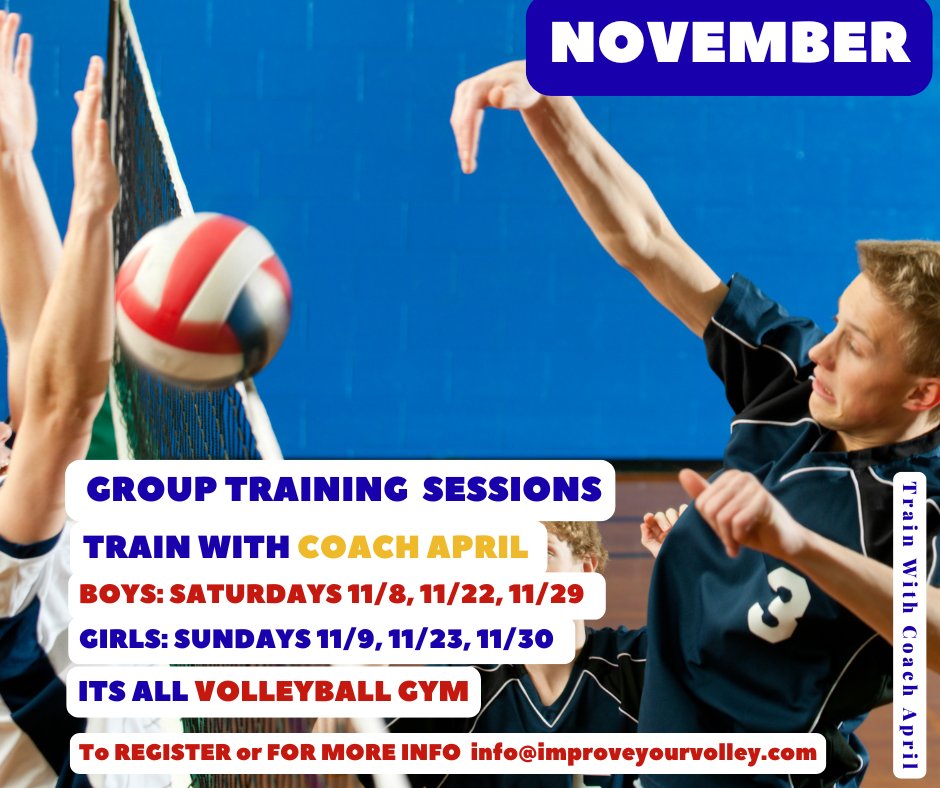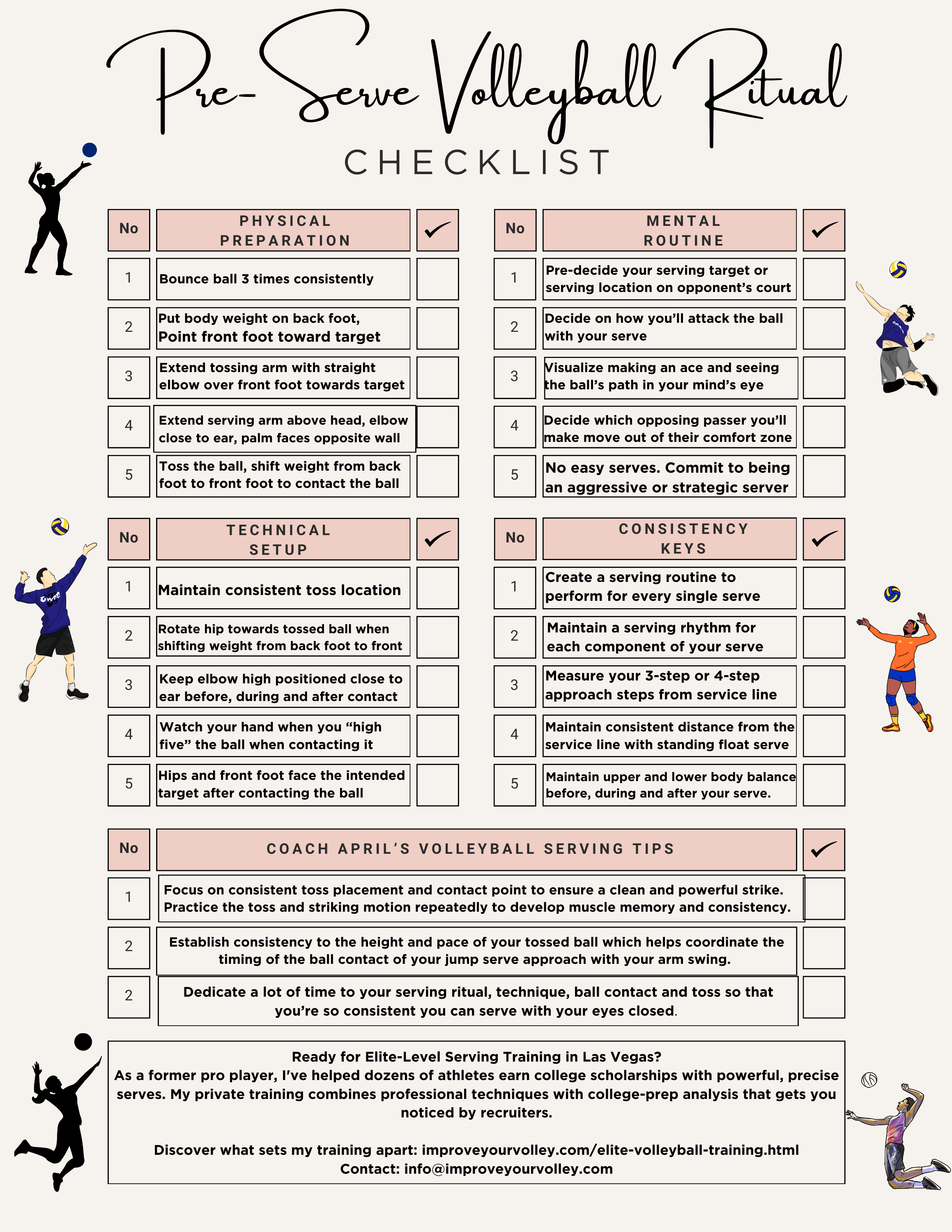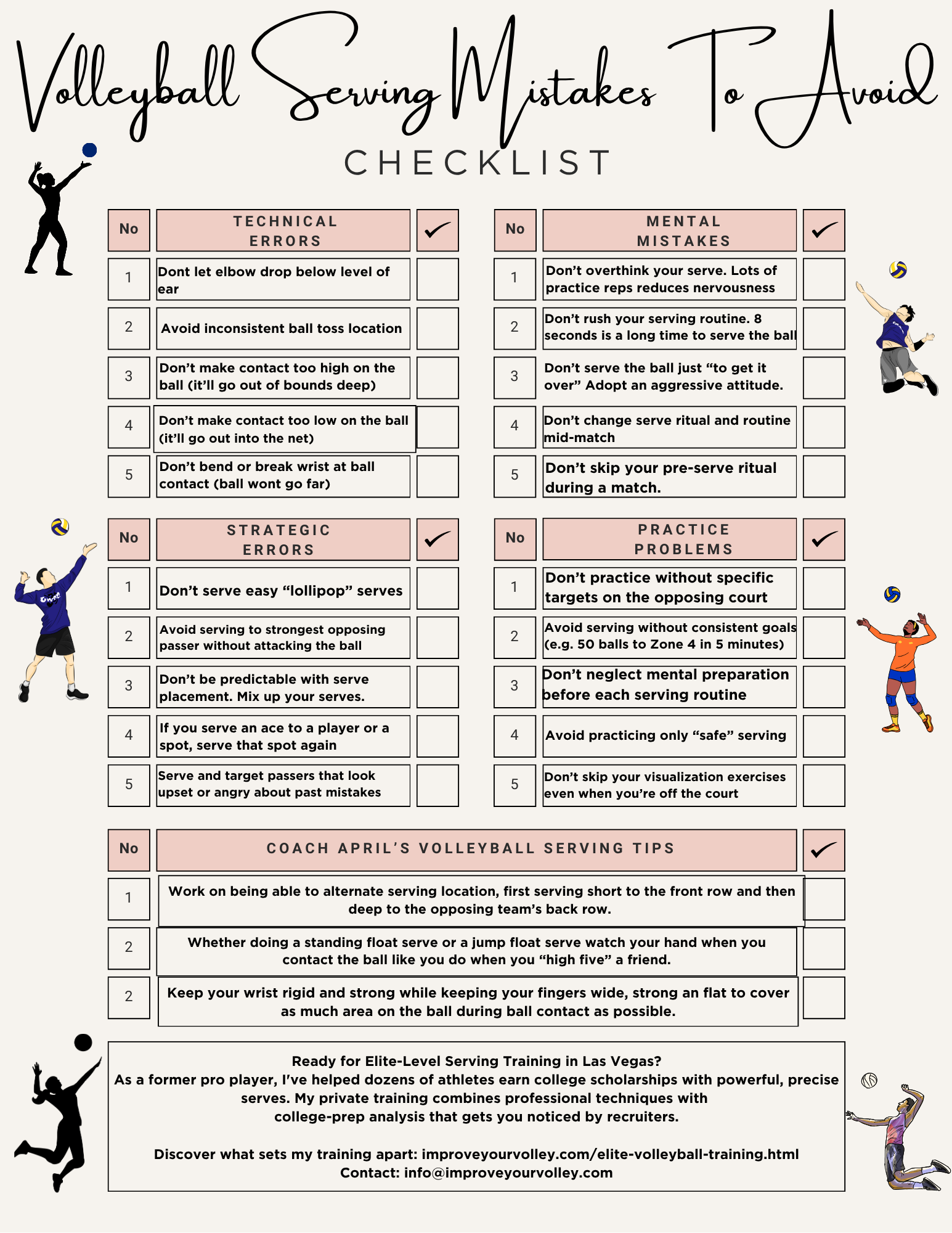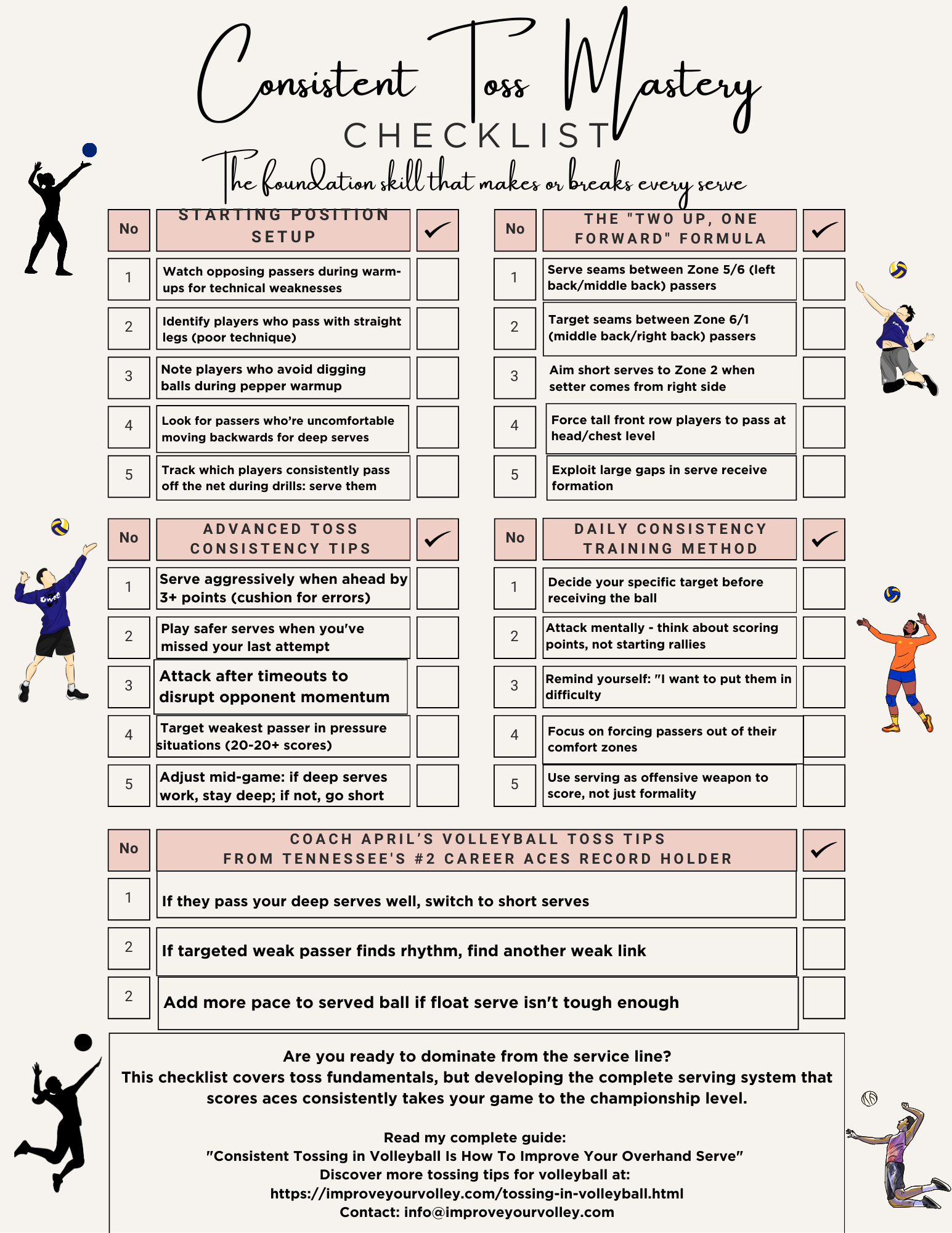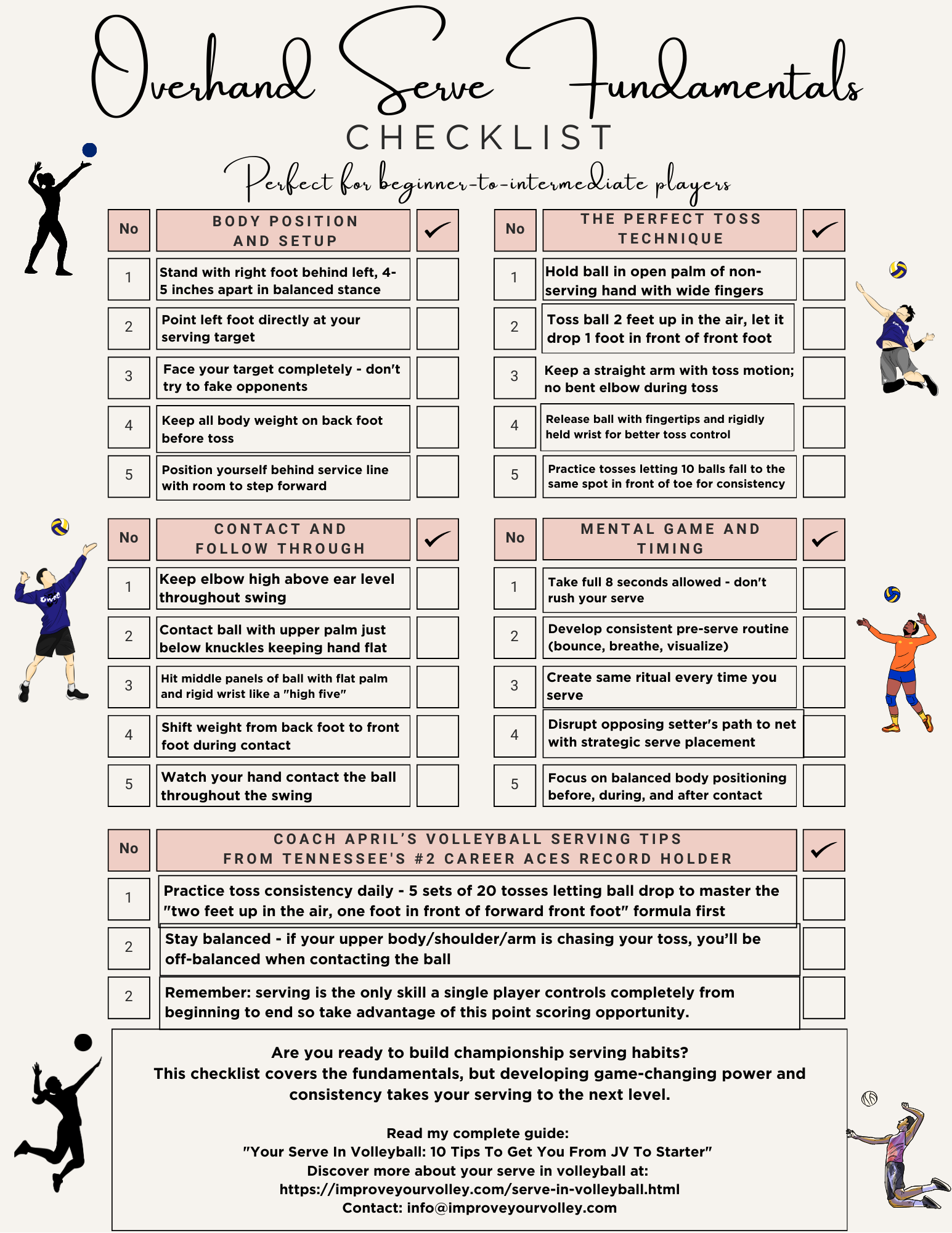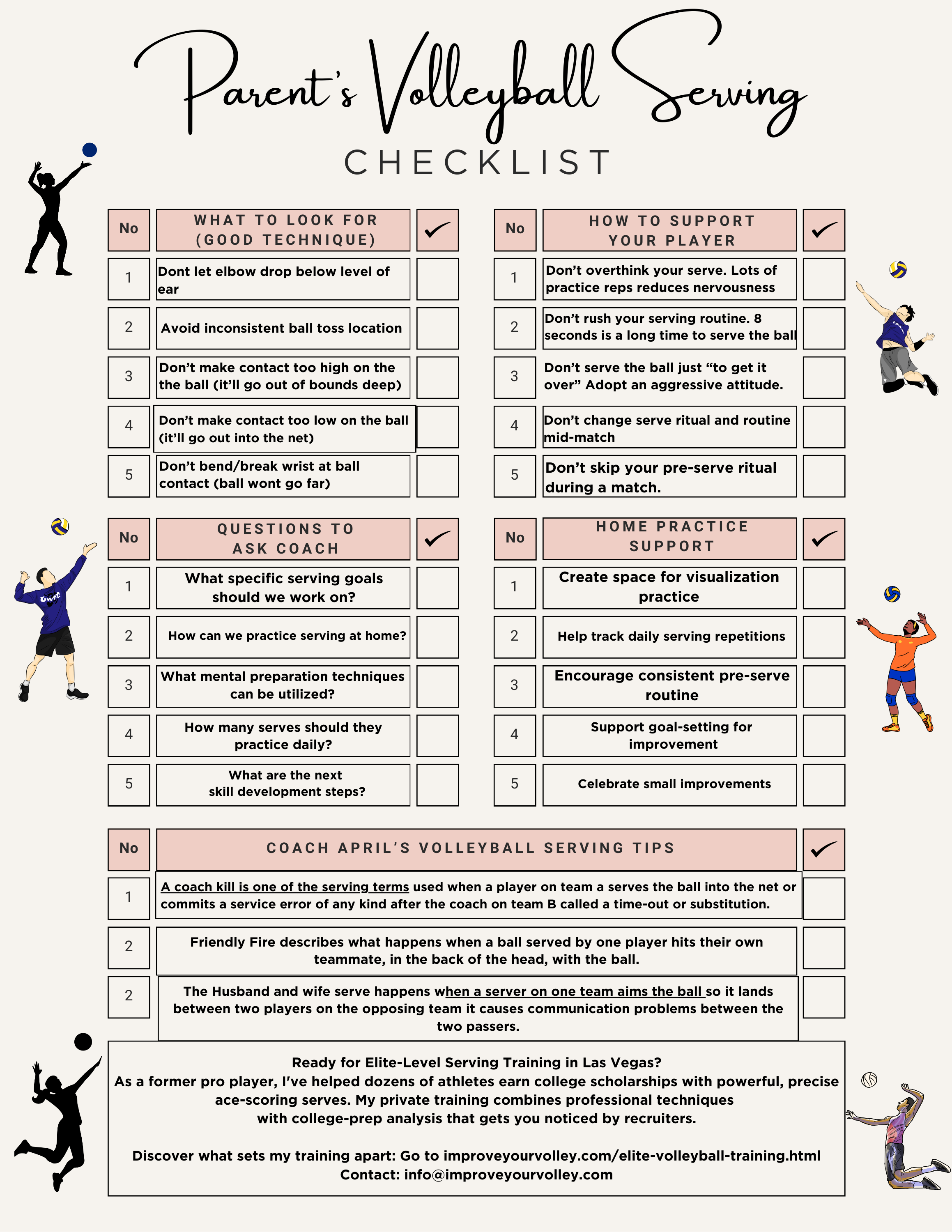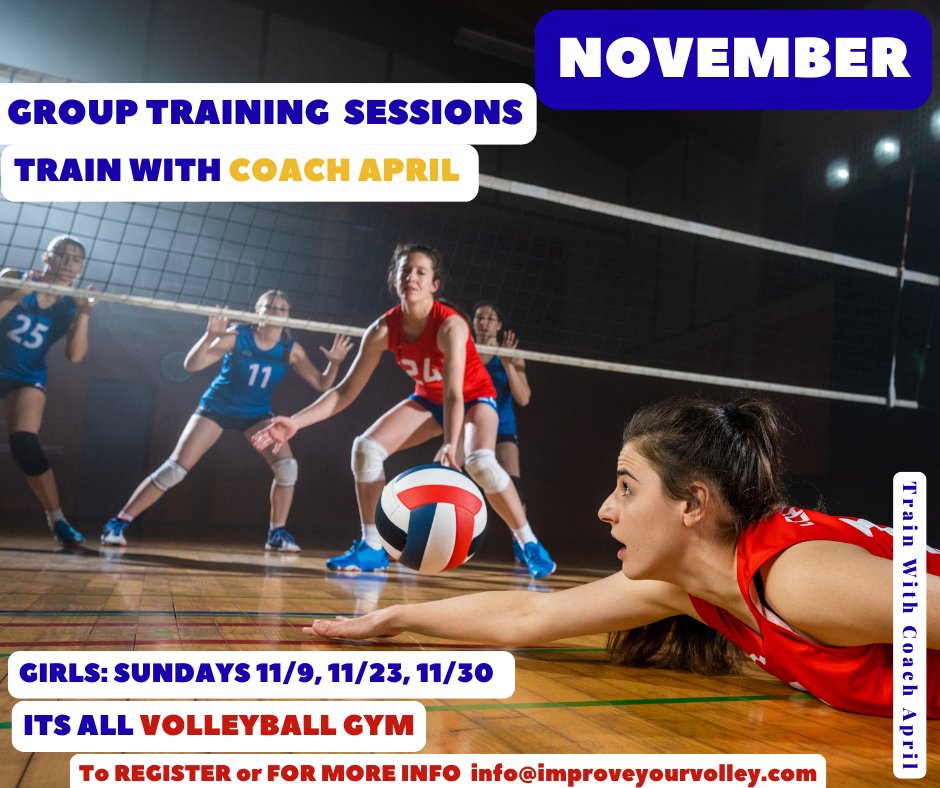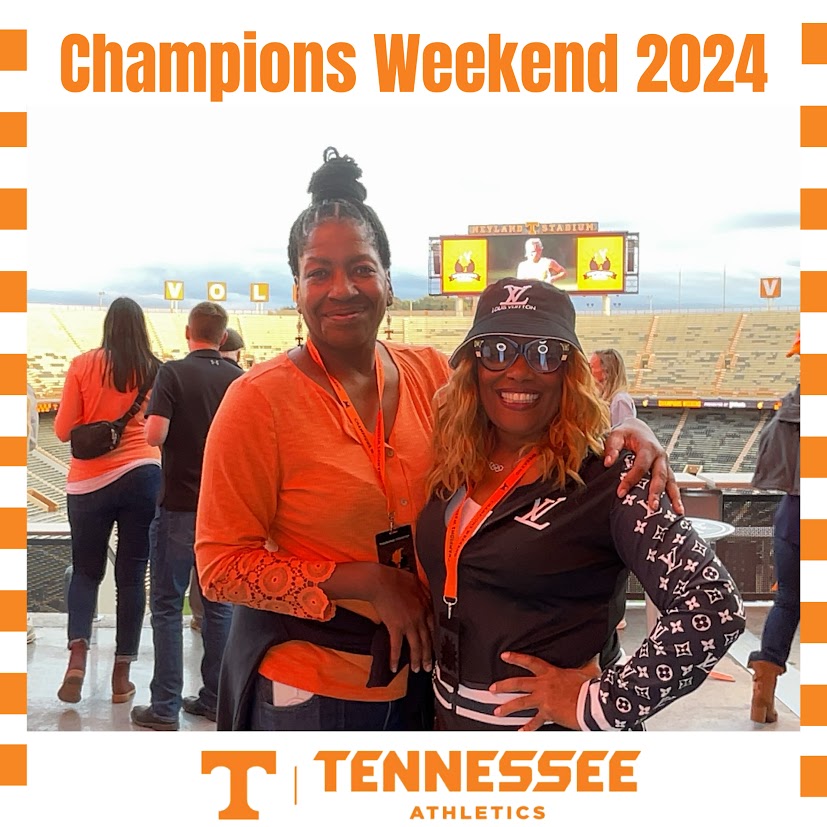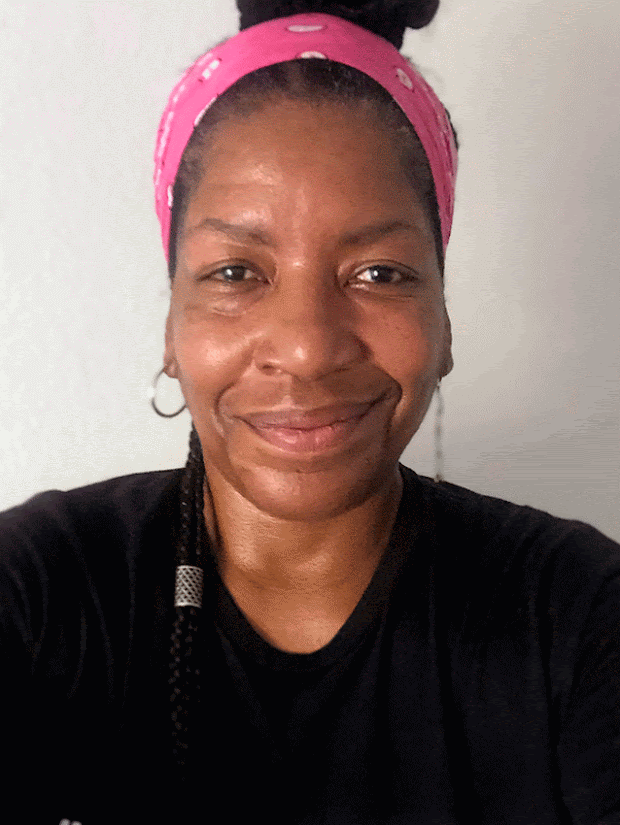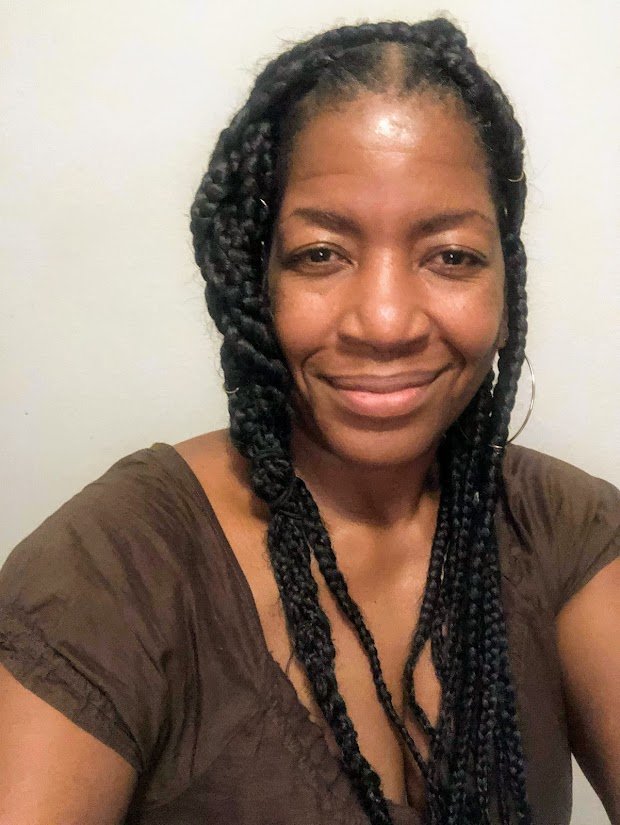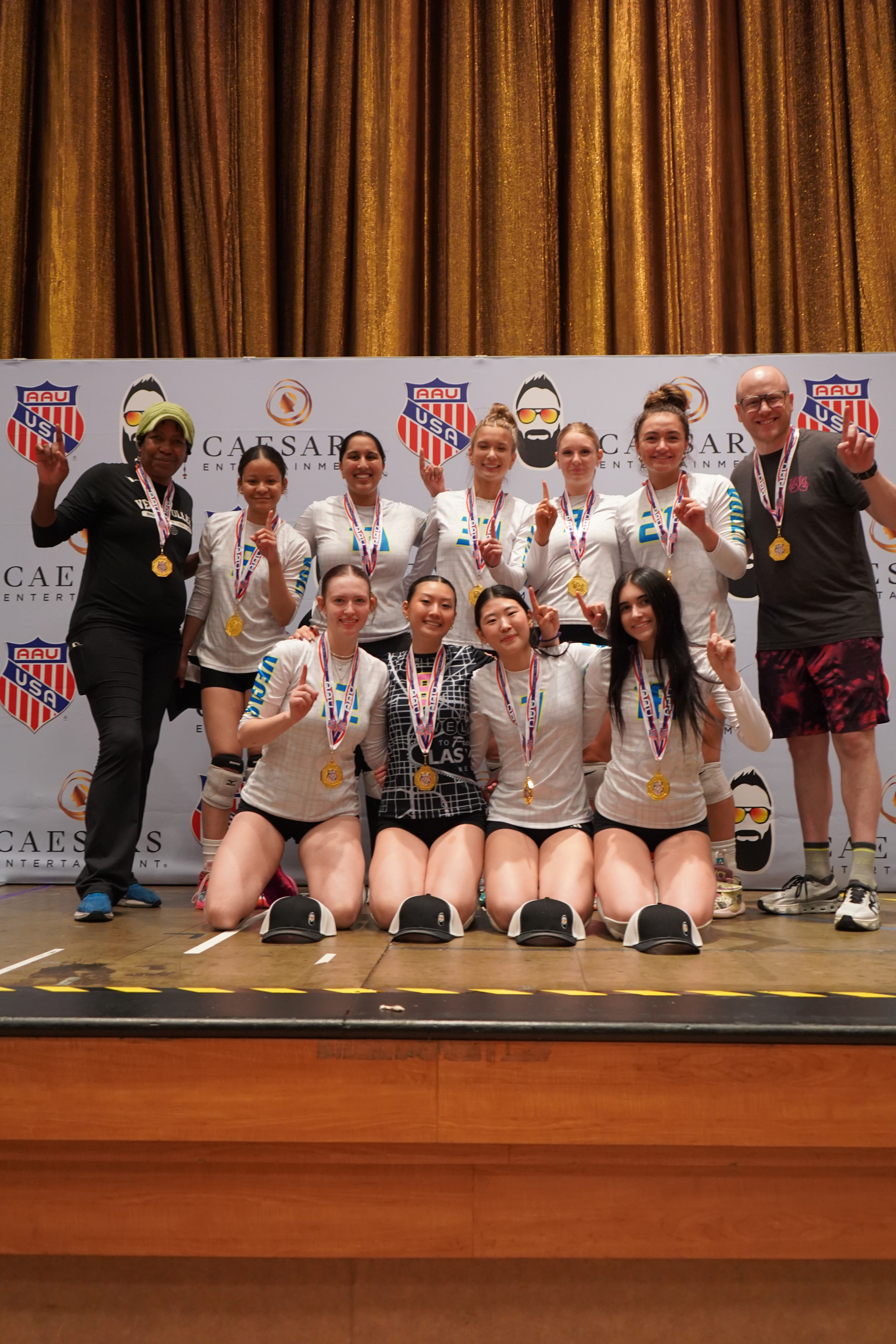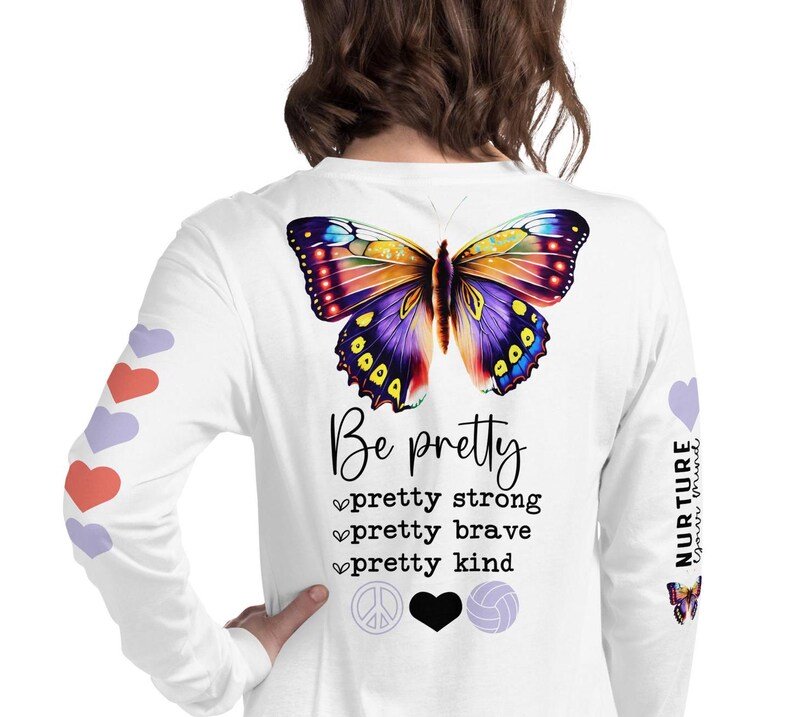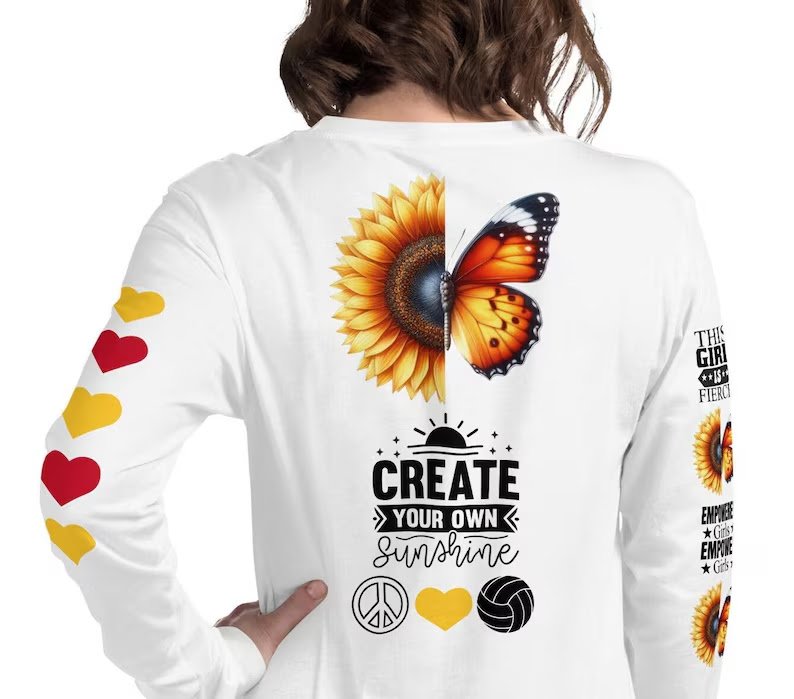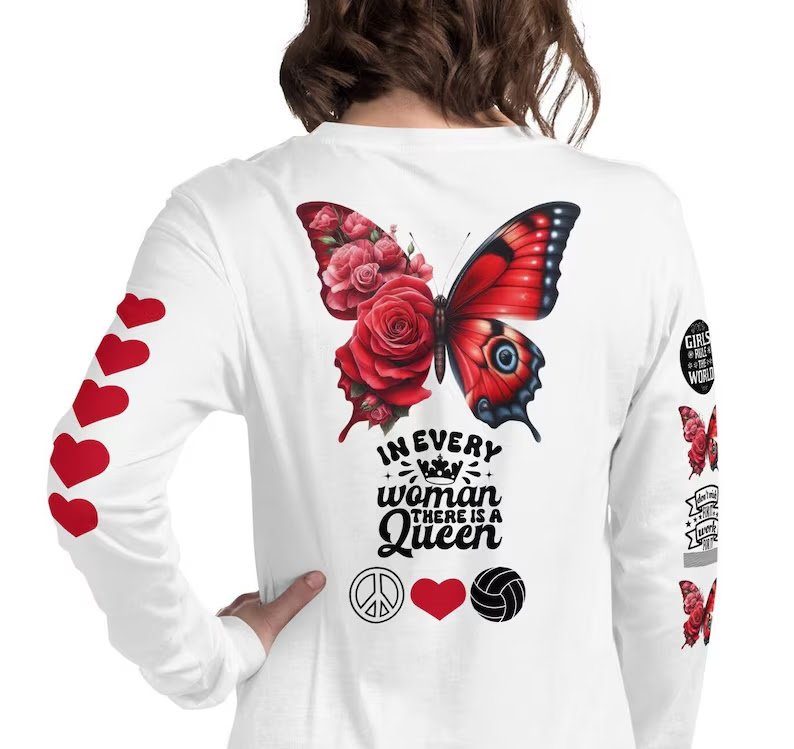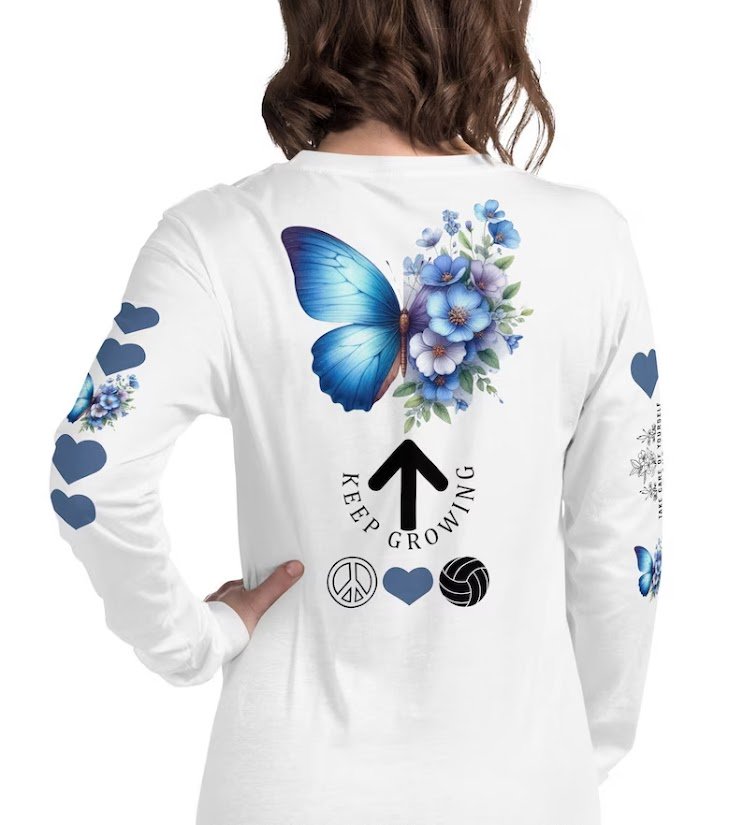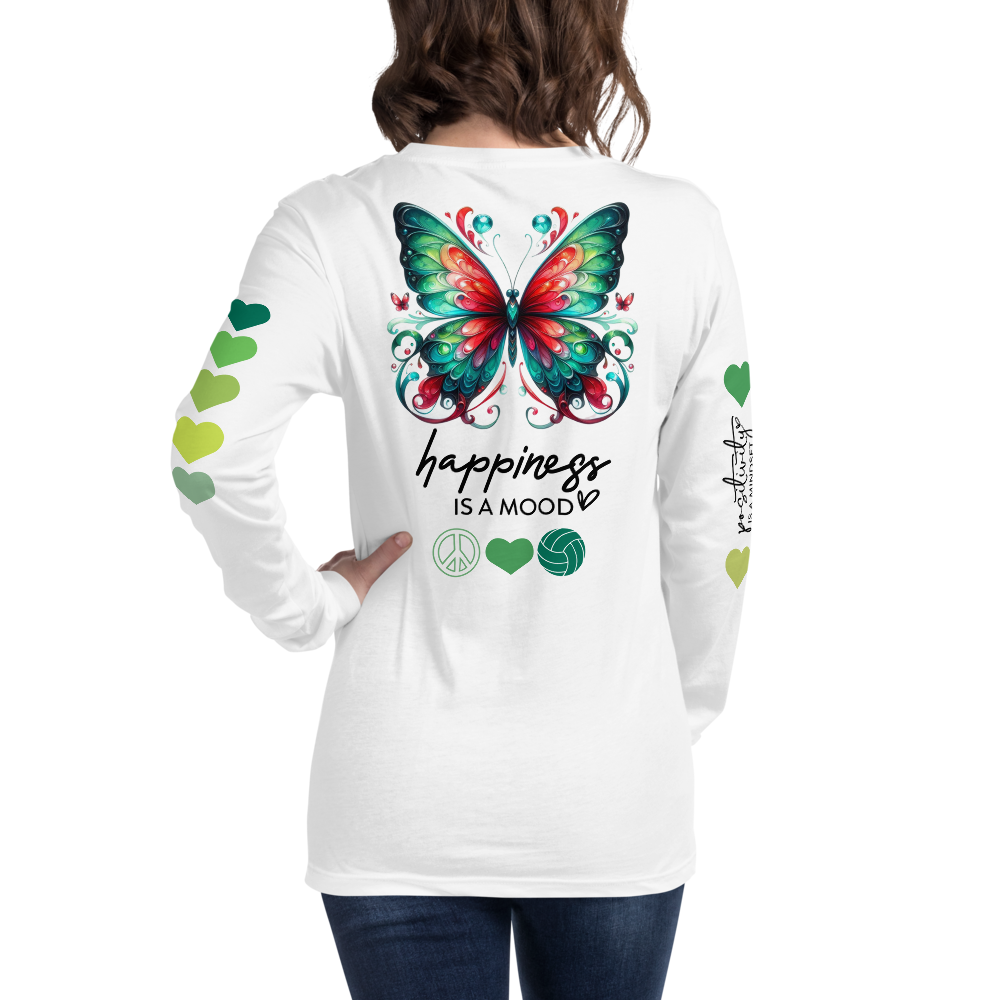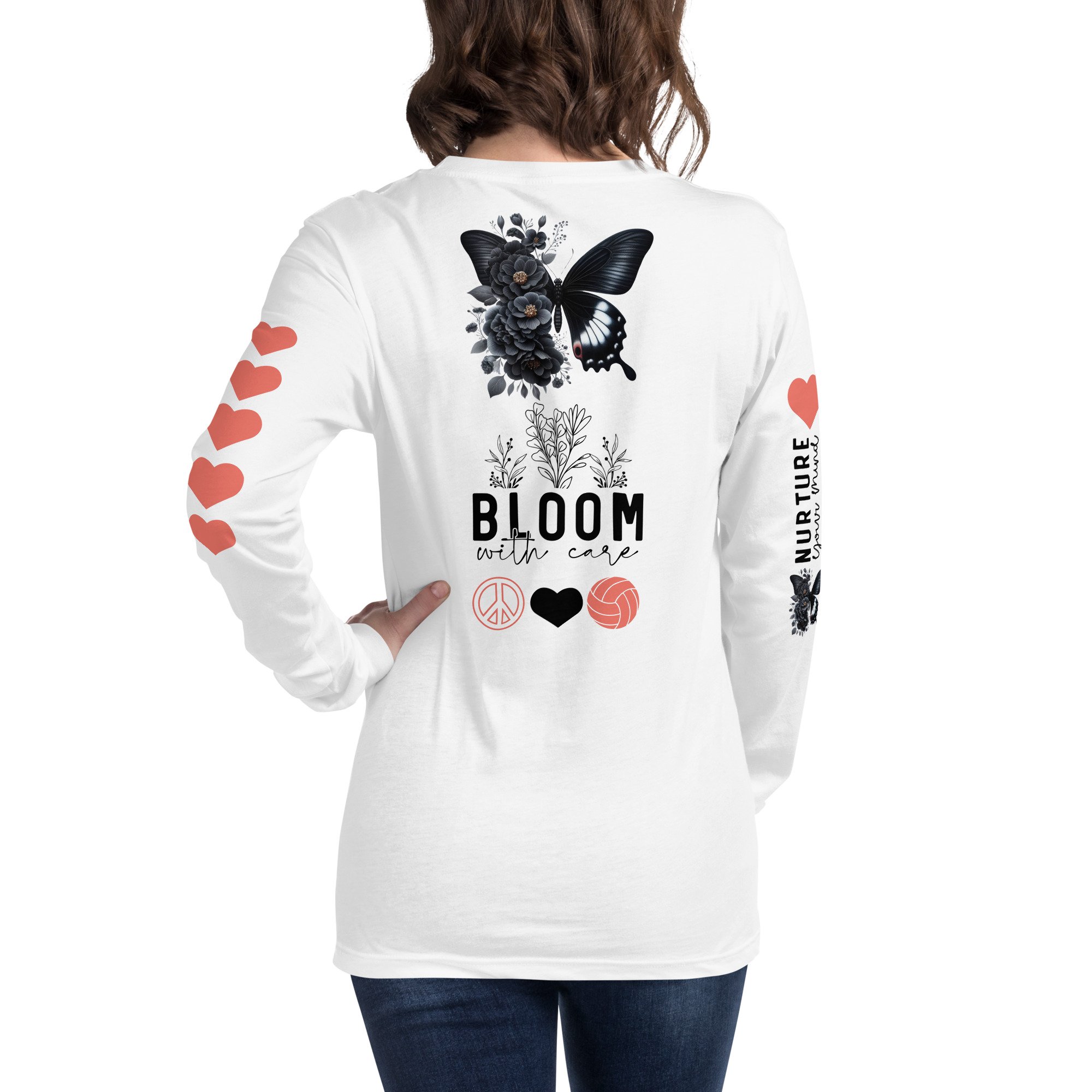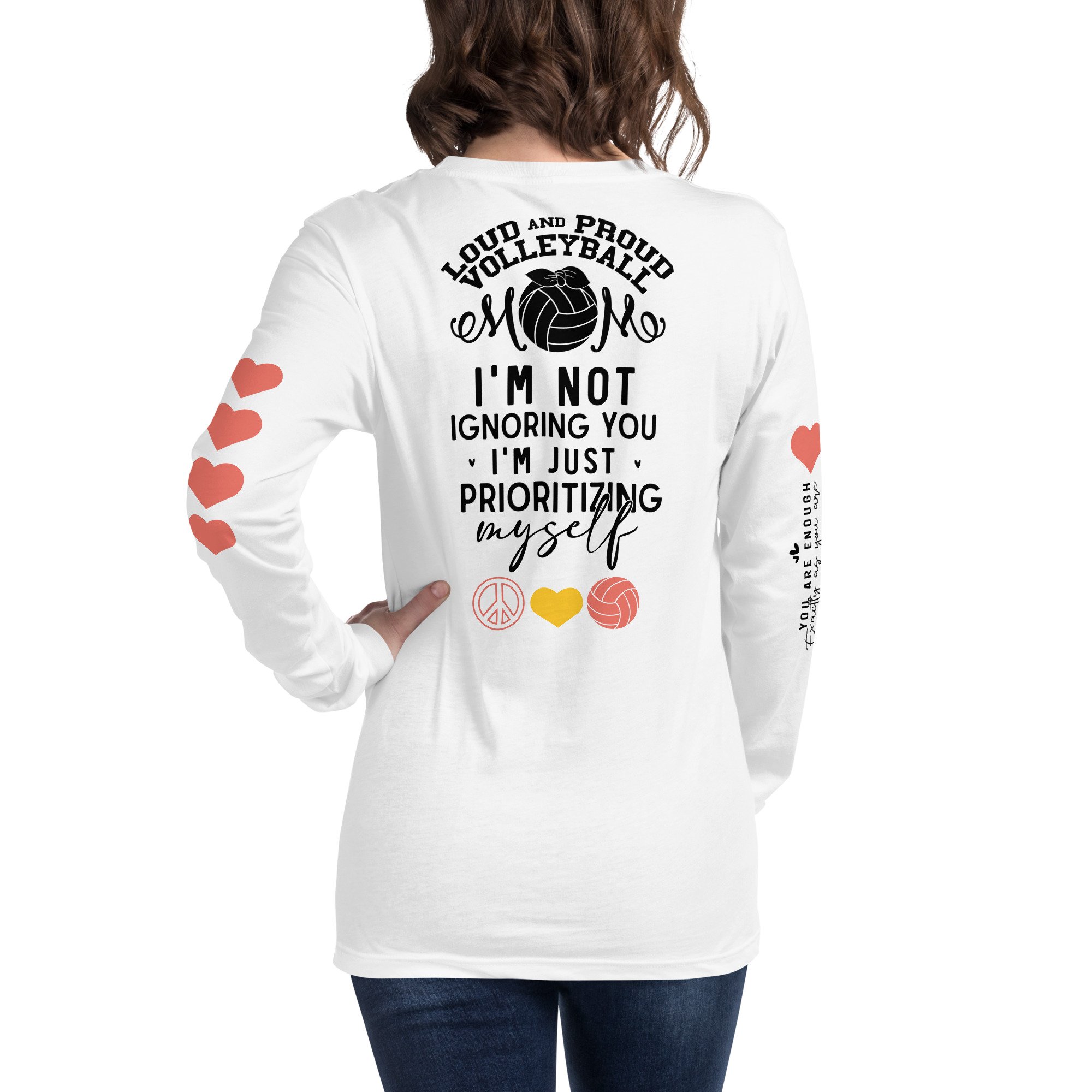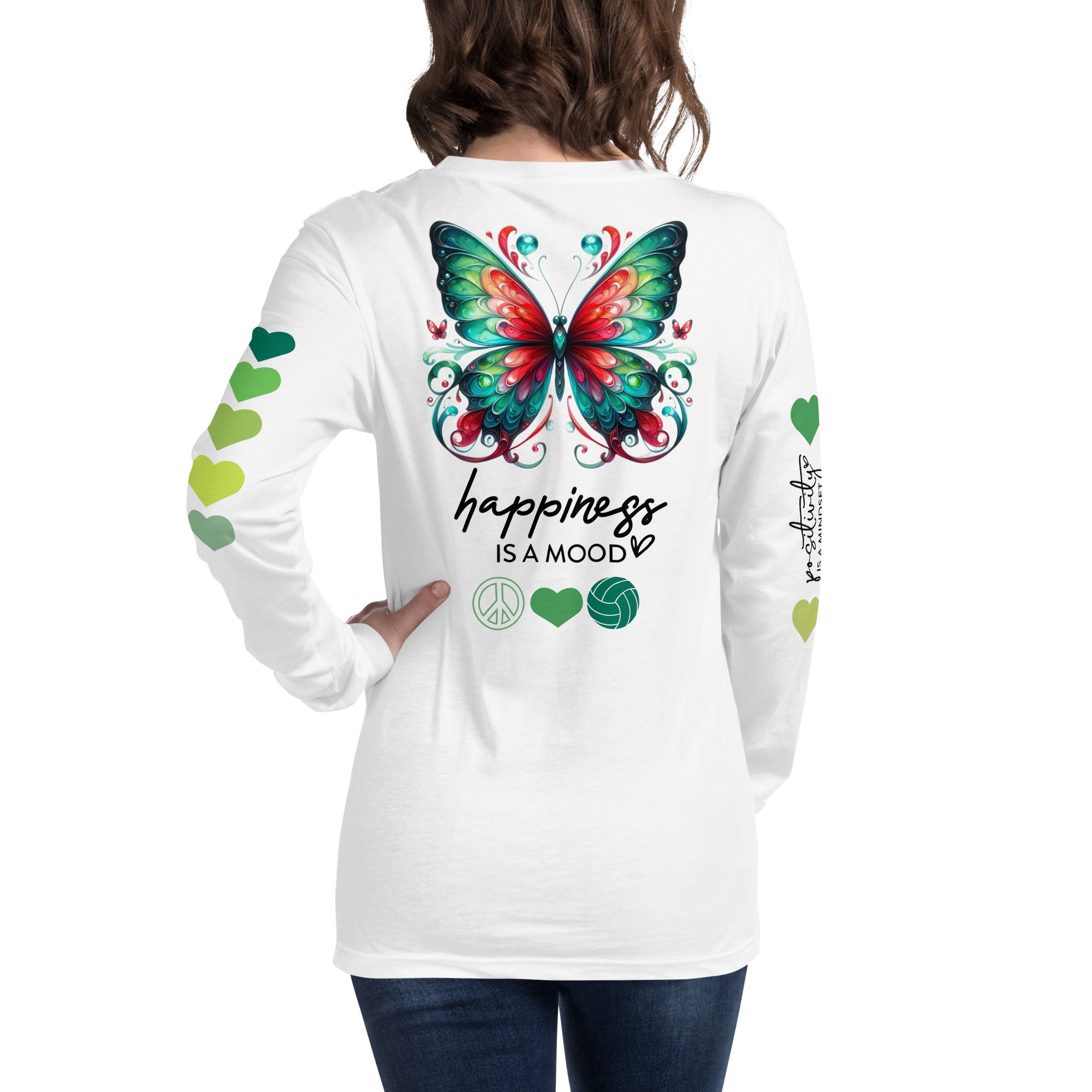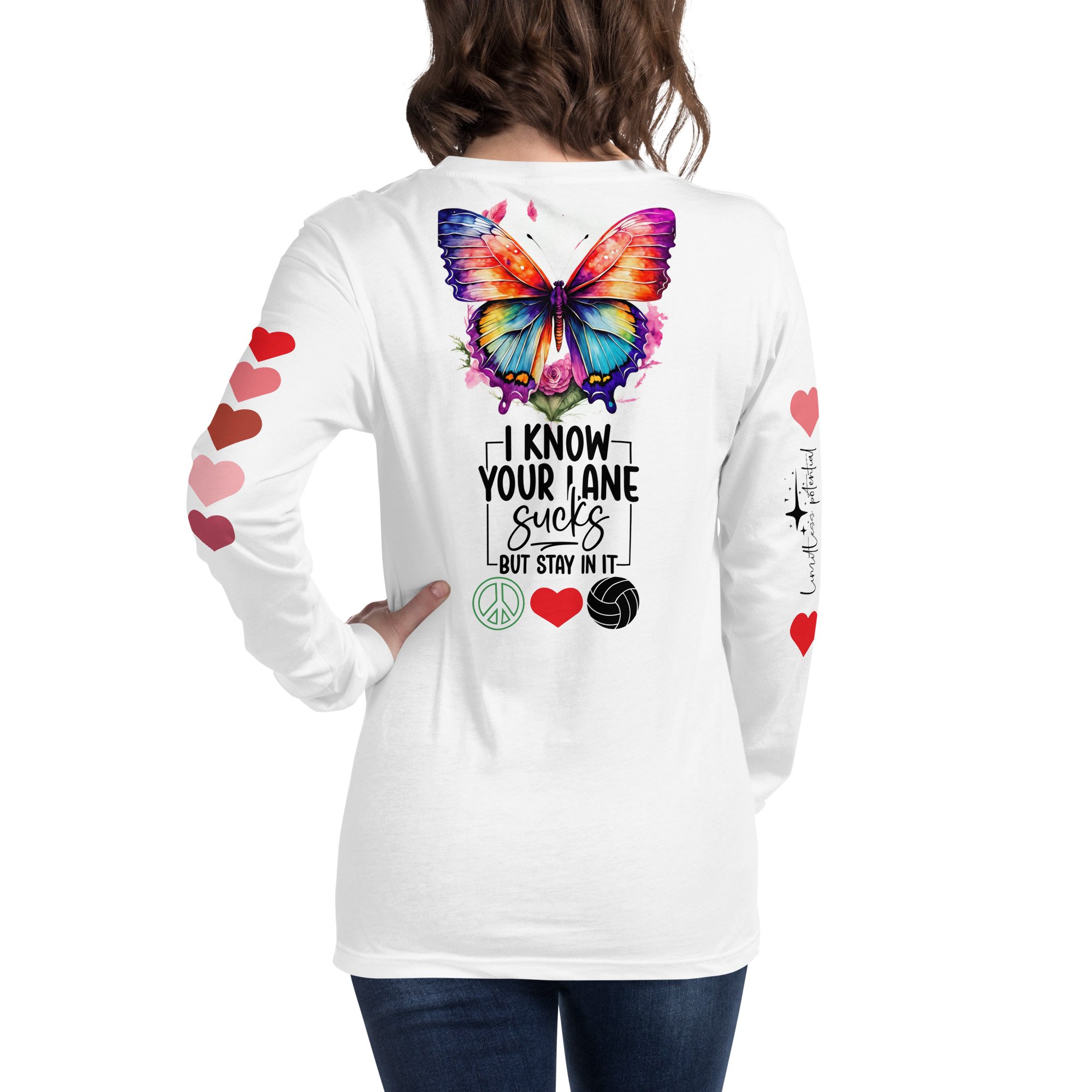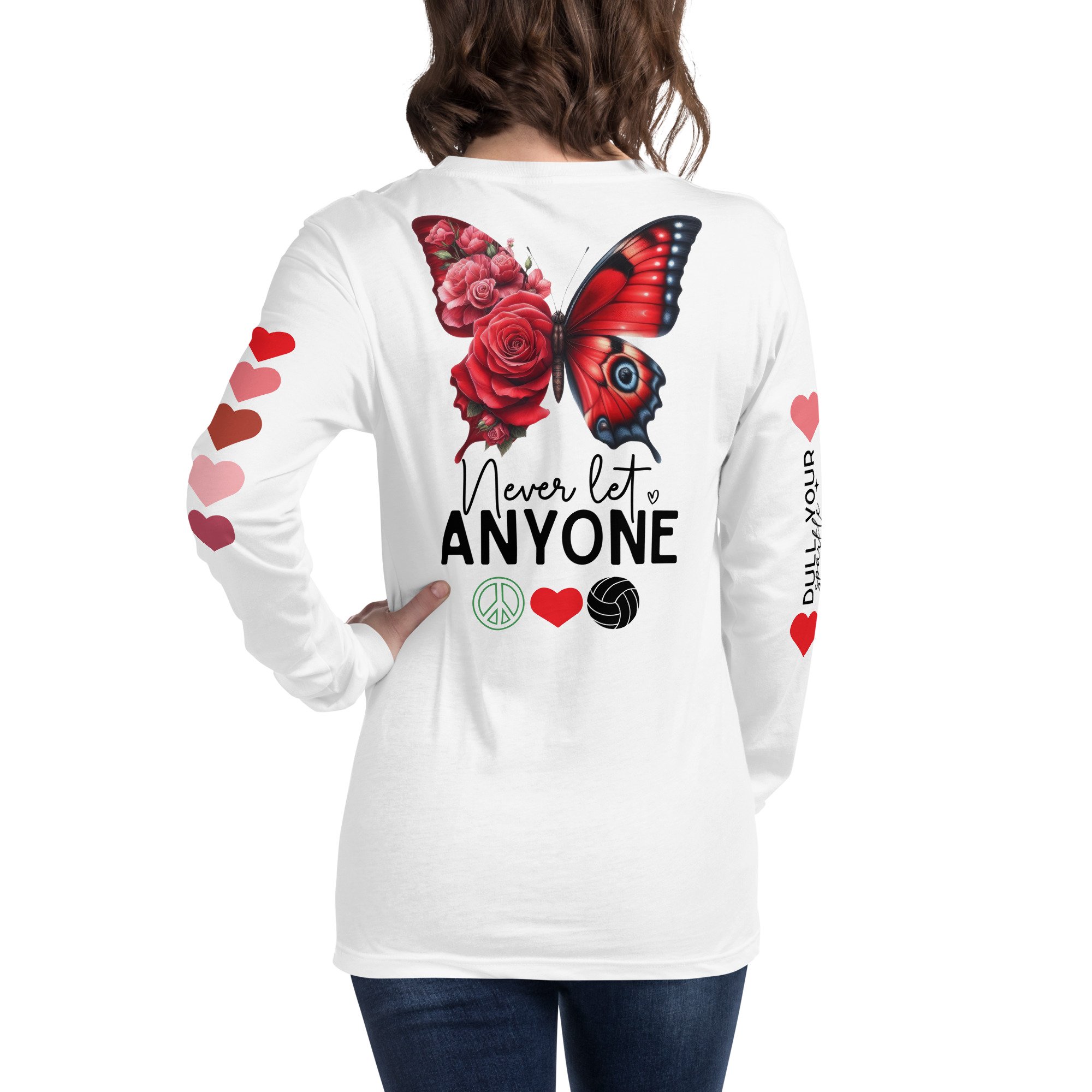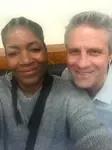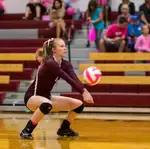- Improve Your Volleyball with Coach April
- How To Play Beach Volleyball
- beach volleyball hand signals
Beach Volleyball Hand Signals: Why Players Hold Fingers Up Behind Them
The beach volleyball hand signals players use in sand volleyball communicate to their offensive and defensive partner the area of the court they plan to defend.
Why do volleyball players put fingers behind their back?
Hand signals are used by beach volleyball players to indicate to their playing partner the defensive they intend to adopt.
These beach volleyball hand signals are made by holding up their fingers behind the back of the player who is blocking at the net, or who is on the service line so that the opposing team can't see the signals.
Why Do You Use Hand Signals In Beach Volleyball?
In beach volleyball, when your team serves you are on defense and while on defense you make a call to your partner giving blocking directions about how you intend to block one of the opposing team's hitters.
By determining what the block is going to do at the net then the defensive beach partner behind them knows how and where to defend the back court.
Why?
Because similar to indoor defense, the defense doesn't want to cover the same area of the court that the block does.
If the blocker at the net decides to take away a hitter's cross court then the defender behind him/her should dig that hitter's line.
If the blocker takes away the opposing hitter's line, then the digger needs to be ready to dig the hitter if they hit cross court.
The blocker and the digger "work together" to take away as much open space for the hitter to hit to as possible.
In beach doubles, there's much more court for two players to cover so they need to be in sync as far as what each other intends to do in defense on their court.
In order to talk to or relay this information to your partner the general rule is that you use both hands to signal to your partner what you intend to do or what you want them to do.
How Do You Call Or Make Beach Volleyball Hand Signals?
The most basic beach volleyball hand signals you can call to your partner are:
- I'll block line
- I'll block cross court
- I won't block
- I'll block the ball based on the set I see.
In doubles beach play when you're facing the net in the front row as a blocker or in the back row as a defensive player usually
- when you use your right hand to make a hand signal you are telling your partner what you plan to do or what they should plan to do against the person on the opposing left side of the court.
- If you make hand signal with your left hand then you are "talking" to your partner calling a play for what you plan to block/dig or what you want them to block/dig for the opposing team's right side player.
To simplify..
Your right hand signal refers to the opposing left side player
Your left hand signal refers to the opposing right side player
This is why some advanced beach players will make hand signals only with one hand because there's only one opposing team hitter that they plan to block.
What Do The Hand Signals Mean In Beach Volleyball?
Closed Fist
Generally, a closed fist means the player will not attempt a block.
One Index Finger
When a beach volleyball player puts one finger up (like indicating the number one) it means the player will take away or try to block the opposing player's line shot.
Two Fingers Up
When a player uses two fingers that means she will take away or try to block the opponent's cross court or angle shot.
Five Fingers Flat Hand
Usually called by a blocker who just take the ball. This means the blocker will see the set first and make a determination by reading the play as it happens.
These are the most basic of beach volleyball hand signals. Most teams will develop calls and plays which then form a language of their own but the most common hand signals are the ones listed above.
How Do Sand Partners Use Beach Volleyball Hand Signals To "Talk" To Each Other?
Depending on your beach partner and how you both decide to communicate with each other a team will decide whether their beach volleyball hand signals represent
- what you want to do or
- what you want your partner to do
For example if you and I are partners we can decide that for the entire tournament in each game if I make a hand signal I'm telling you
- what I intend to block and/or what I intend to dig
OR if I make a hand signal I'm telling you
- what I want you to block or what I want you to dig
Here's another example... if you are the blocker and you are serving, then after you serve you run to the net... your defensive partner on the endline behind you may be the one to call the play making the hand signals that tell you what she wants you to block.
If she tells you to block both players down the line, then you know that she will be digging them cross court.
Or with this same example she will give a call to tell you what she plans to do and that you need to do the opposite.
If she indicates she's going to dig either player down the line (depending on who you serve) then you know that you can block either hitter cross court but not down the line.
This has been an important message by your favorite volleyball coach! That's me!!
Thanks for visiting.
Be sure to check out more of my volleyball articles by clicking one of the links below! (April Chapple)
Do You Follow Me on Pinterest?
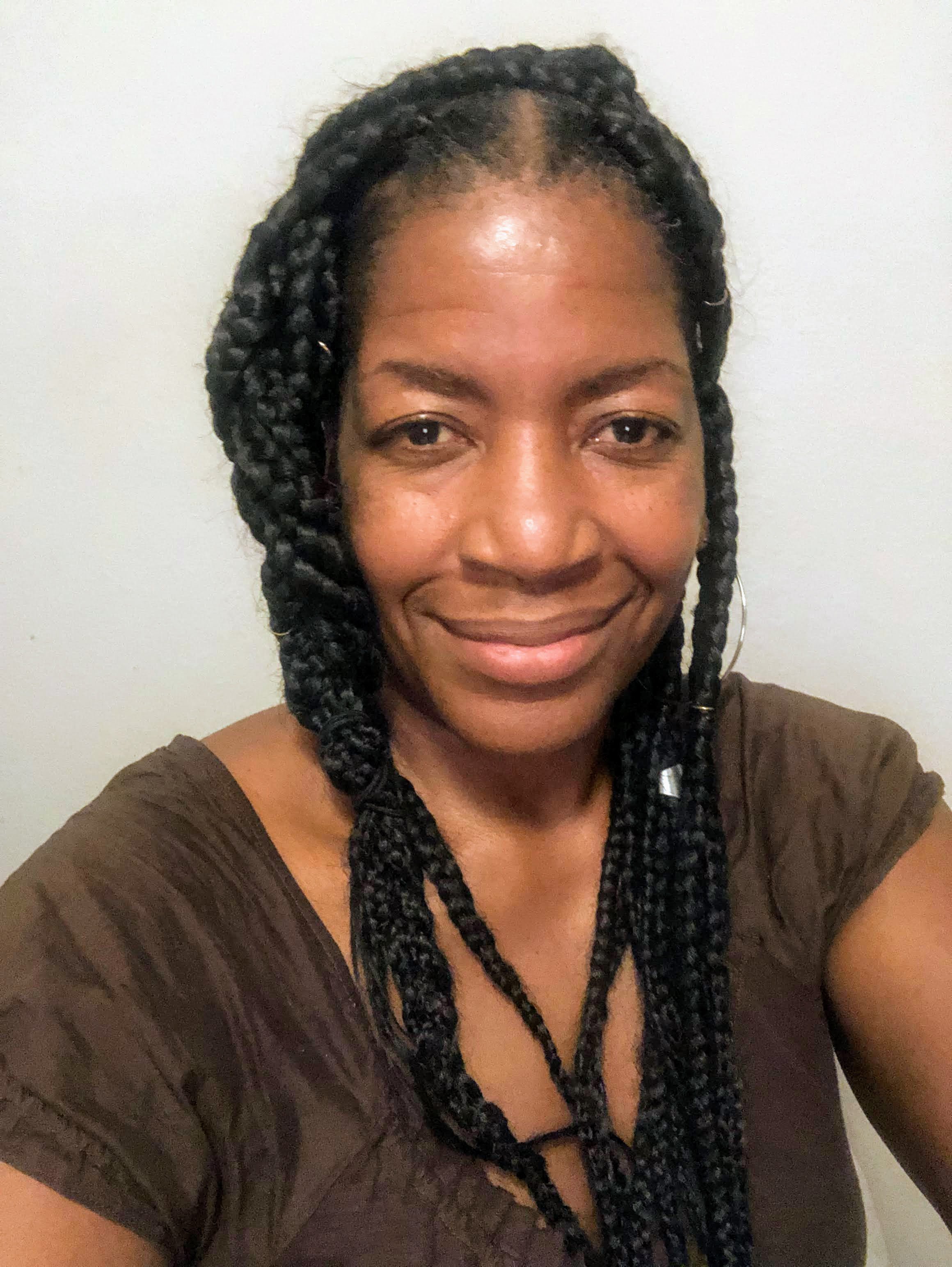 Private or semiprivate volleyball indoor/sand lessons are an excellent way for young Las Vegas high school volleyball players to quickly improve their individual skills through a private or semi-private coaching experience.
These lessons are conducted by former pro volleyball player, former USA Volleyball High Performance instructor and Evaluator and Tstreet Vegas 18s head Coach April Chapple on a weekly basis.
Sign up now!
Private or semiprivate volleyball indoor/sand lessons are an excellent way for young Las Vegas high school volleyball players to quickly improve their individual skills through a private or semi-private coaching experience.
These lessons are conducted by former pro volleyball player, former USA Volleyball High Performance instructor and Evaluator and Tstreet Vegas 18s head Coach April Chapple on a weekly basis.
Sign up now!Follow me on Pinterest Volleybragswag to improve your game even faster!
I share alot of individual, partner and easy-to-do volleyball serving drills we do in class with my followers.
Many of these volleyball practice drills you can do at home by yourself or try at your next practice with your teammates.
If you're a B team or JV player trying to make varsity next year...your goal should be to complete 1000 reps a day of at least three of the basic skills on your own...volleyball passing, serving and setting should be at the top of the list.
If your athlete struggles with consistent serve receive, gets subbed out, or is overlooked for playing time—this is the fix you’ve been looking for.

Struggling with passing consistency?
I help talented passers tired of getting pulled from games because of inconsistent serve receive skills BUILD passing confidence without expensive private lessons using the same 3-step system that's helped dozens of my athletes get recruited.
Download my eBook for $17.99 and start building the passing confidence that keeps you on the court—and gets you seen by college coaches.
From Lady Vol to Legend: Coach April Produces Powerful Passionate Players...is that you?
What Are You Looking For?
Click to Download Your Pre Serving Ritual Mastery Checklist pdf:
🎯Volleyball Pre Serving Ritual Guide -
Players! Learn How To Transform Your Serve from Weak to Weapon
Click to Download Your Parent's Volleyball Serving Checklist pdf
🎯Parent's Volleyball Serving Checklist Guide
Parents! Help Your Player Develop Championship Serves (Even If You've Never Played)
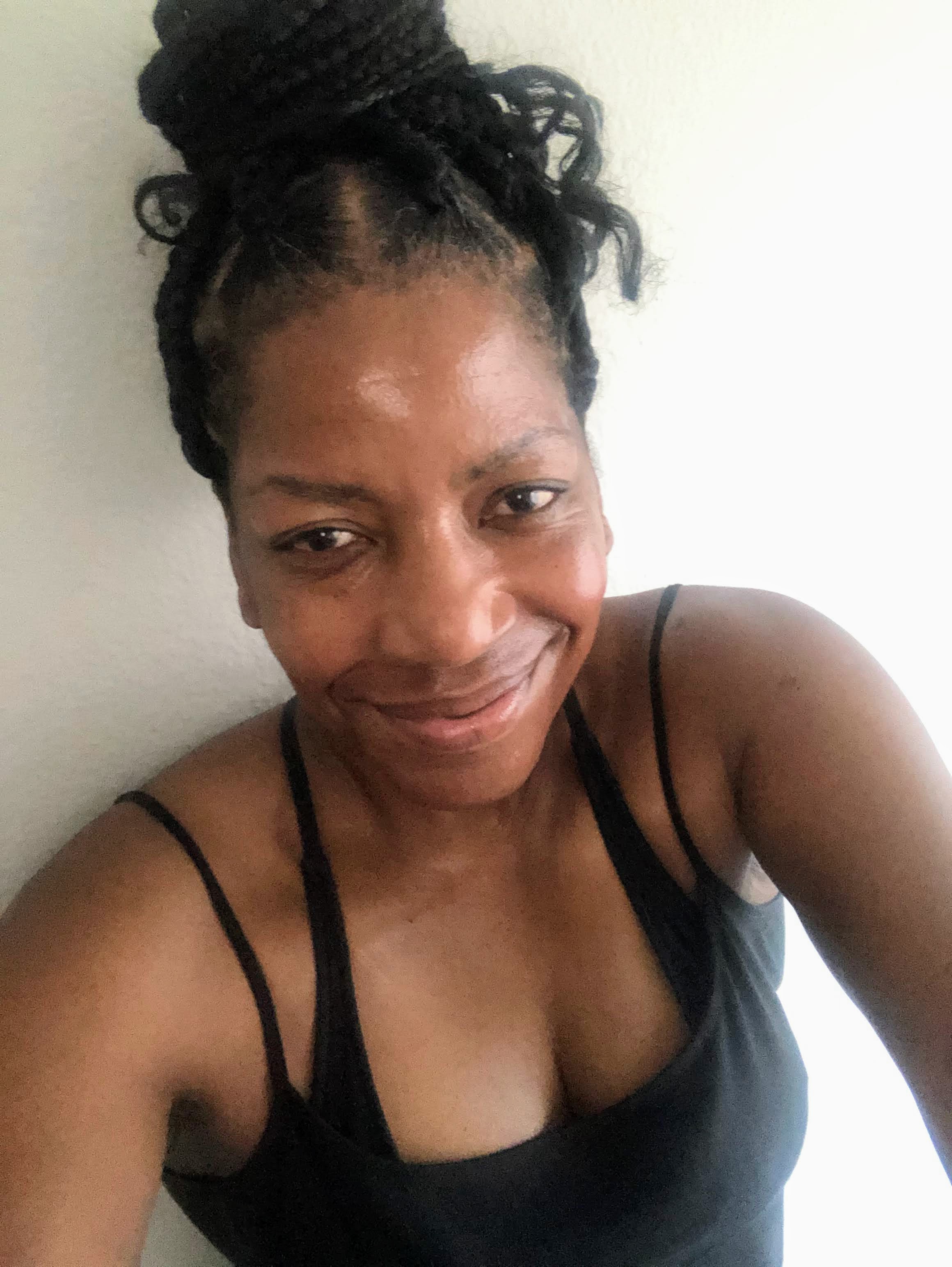
Hi there!
Thanks for stopping by. Hope you learned something today that will help you reach your volleyball goals.
Be sure to subscribe to my email newsletter so you can learn more each week!
Stay strong! Stay motivated!
-Coach April
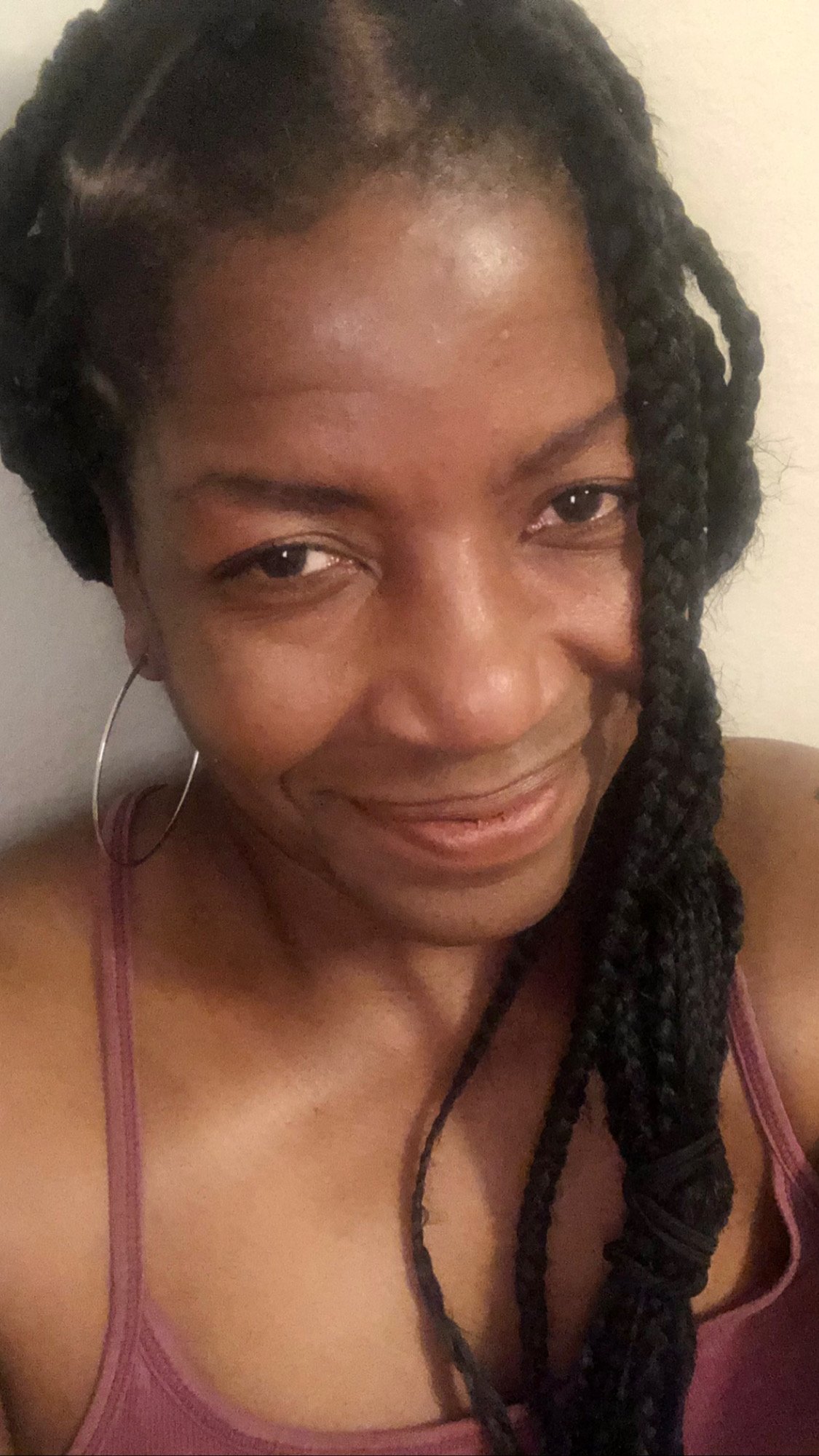
SUSCRIBE to my email newsletter below!
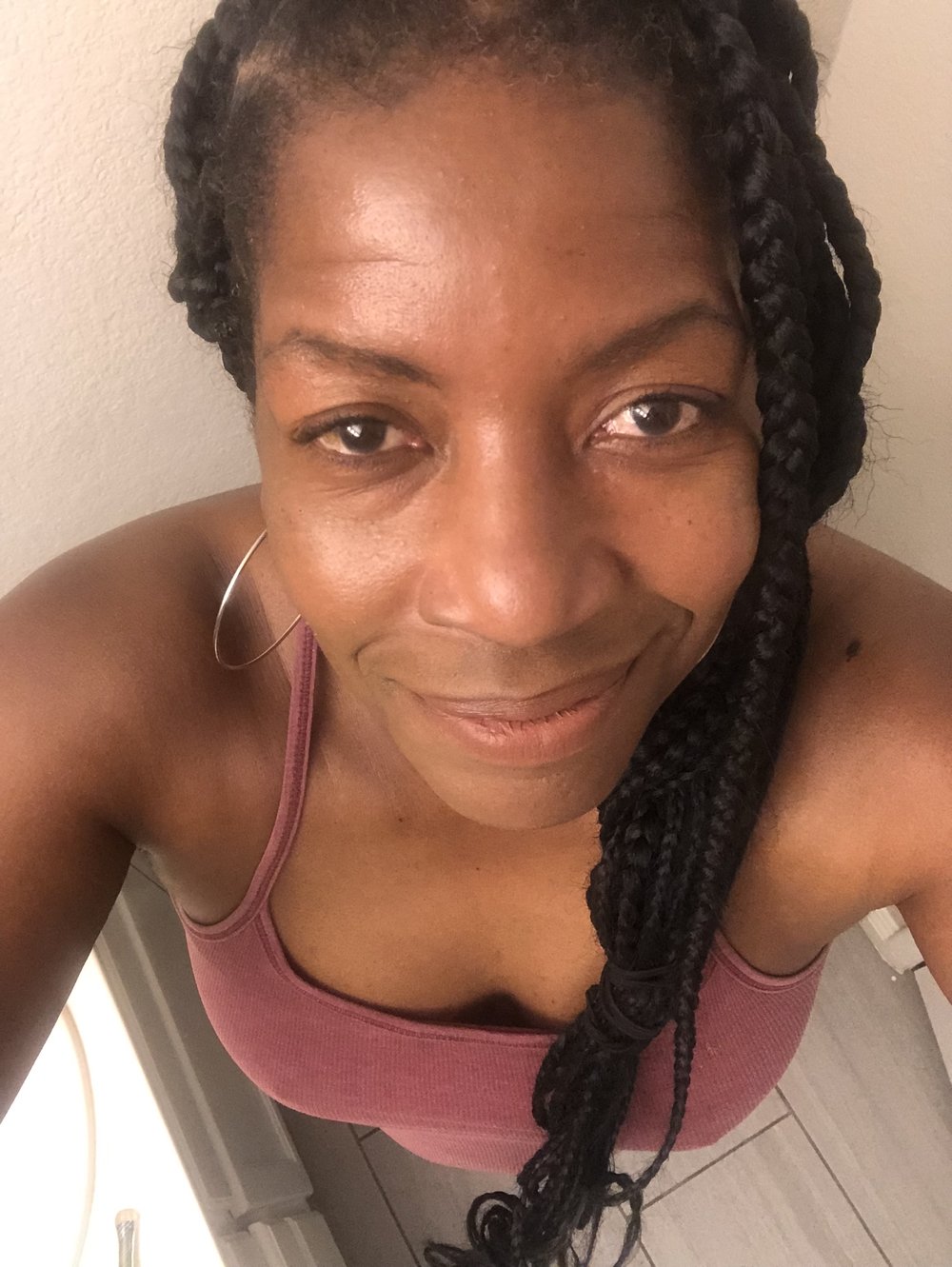 Click to learn more about the weekly volleyball classes and clinics or email info@imrpoveyourvolley.com for information
Click to learn more about the weekly volleyball classes and clinics or email info@imrpoveyourvolley.com for informationCongratulations to my seven Boys-18s Vegas Volley club players who played in two state championship finals yesterday, the 3A and 5A State champinship finals at Sunrise Mountain High School.
TOURNAMENT CHAMPIONS!
A-1 Vegas Volley VBC
In It To Win It Tournament
May 2 - 4, 2025 Tournament
Gold Medalists
18s Premier Division
Vegas Volleyball's Unsung Heroes: Celebrating Moms with Peace Love Volleyball Shirts
Ready to energize your volleyball mom journey?
Subscribe to my 'Producing Powerful Passionate Peaceful Players' email list above on ImproveYourVolley.com.
You'll receive energy-boosting tips, exclusive insights from me, Coach April Chapple on maintaining momentum in volleyball.
Let's power up the Vegas volleyball scene together!
Recent Articles
-
The Volleyball Checklist: Skill Development Systems That Get Results
Dec 30, 25 02:27 AM
Master serving, passing and other basic skills with a step-by-step volleyball checklist from a Tennessee Hall of Famer who trains college-recruited athletes. -
4 Ways To Improve Volleyball Skills: Your 2026 At-Home Training System
Dec 29, 25 01:14 AM
With these 4 high school volleyball tips I explain ways to improve volleyball skills on your own without the help of your coach in practice and in games. -
Workouts To Improve Volleyball Skills: 4-Week Training Plan & Tracker
Dec 28, 25 09:51 PM
Get complete structured 4-week workouts to improve volleyball skills with daily training schedules, self-assessment checklists, and progress tracking.
